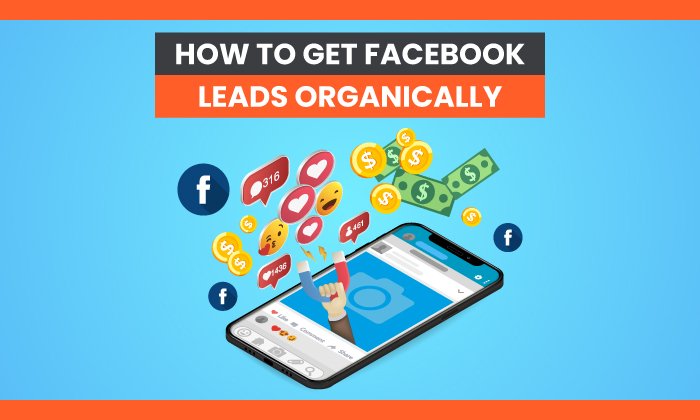Organic Marketing vs. Paid Marketing: Everything You Need to Know

Have you ever heard of the law of attraction? It sounds ‘woo-woo’ but stay with me here. It’s a philosophy that means we can attract into our lives whatever we’re focusing on. More simply put, positive thoughts will naturally bring positivity your way.
Organic marketing works similarly. The goal is to naturally attract your audience to your brand or business. But how do you do that?
In this post, we’ll go over what organic marketing is and how it’s different from paid forms of marketing.
The main goal of organic marketing is to increase brand awareness and build a connection with your audience, whether through educational or entertaining content. Of course, as a business, you’ll need multiple ways to attract leads and convert users. Organic marketing is just one way to do that (paid marketing is another, which we’ll dive into below).
With organic marketing, you can attract visitors to your site, who will hopefully convert to paid customers eventually. The goal is to keep your business top of mind when it comes time for a consumer to make purchasing decisions.
Additionally, organic marketing impacts your paid marketing efforts because if someone organically comes across your website, you can retarget them later with paid ads (on social media, search engines, etc.).
Ultimately, the goal of organic marketing is to drive traffic to your site. While you’ll use social media channels, the best place to spend your time with organic marketing is SEO. In fact, SEO drives 1000%+ more traffic than organic social media.
To measure the effectiveness of your organic marketing efforts, you’ll look at which content is driving the most traffic to your site, leads generated from those campaigns, and which channels drive the highest amount of high converting traffic to your site.
Organic Marketing Examples
Before we dive into the differences between organic and paid marketing, let’s look at some examples of organic marketing:
- Unpaid social media posts on Facebook, Twitter, Instagram, Snapchat, Pinterest, Tik Tok, etc.
- Blog posts (this very post you’re reading is an organic marketing effort)
- Guest posts
- User-generated content
- Email newsletters
- SEO
- Online PR and link generation
- YouTube
Now, let’s learn a little bit more about inorganic, or paid marketing.
Inorganic marketing strategies include paid search ads, paid social media ads, sponsored posts, display ads, video ads on YouTube, etc. With paid media, you can micro-target your ideal audience and reach people who might never have heard of your business otherwise.
While organic marketing is more like word-of-mouth marketing, paid marketing is similar to sales-focused marketing. The goals for the two are very different. One is to attract audiences and increase brand awareness and the other is to convert audiences on a specific campaign.
You’ll measure the success of paid marketing through return on ad spend (ROAS), driving impressions, achieving high conversion rates, etc.
Now that we know more about the differences between organic and inorganic/paid marketing, let’s dive …read more
Source:: HubSpot Blog








